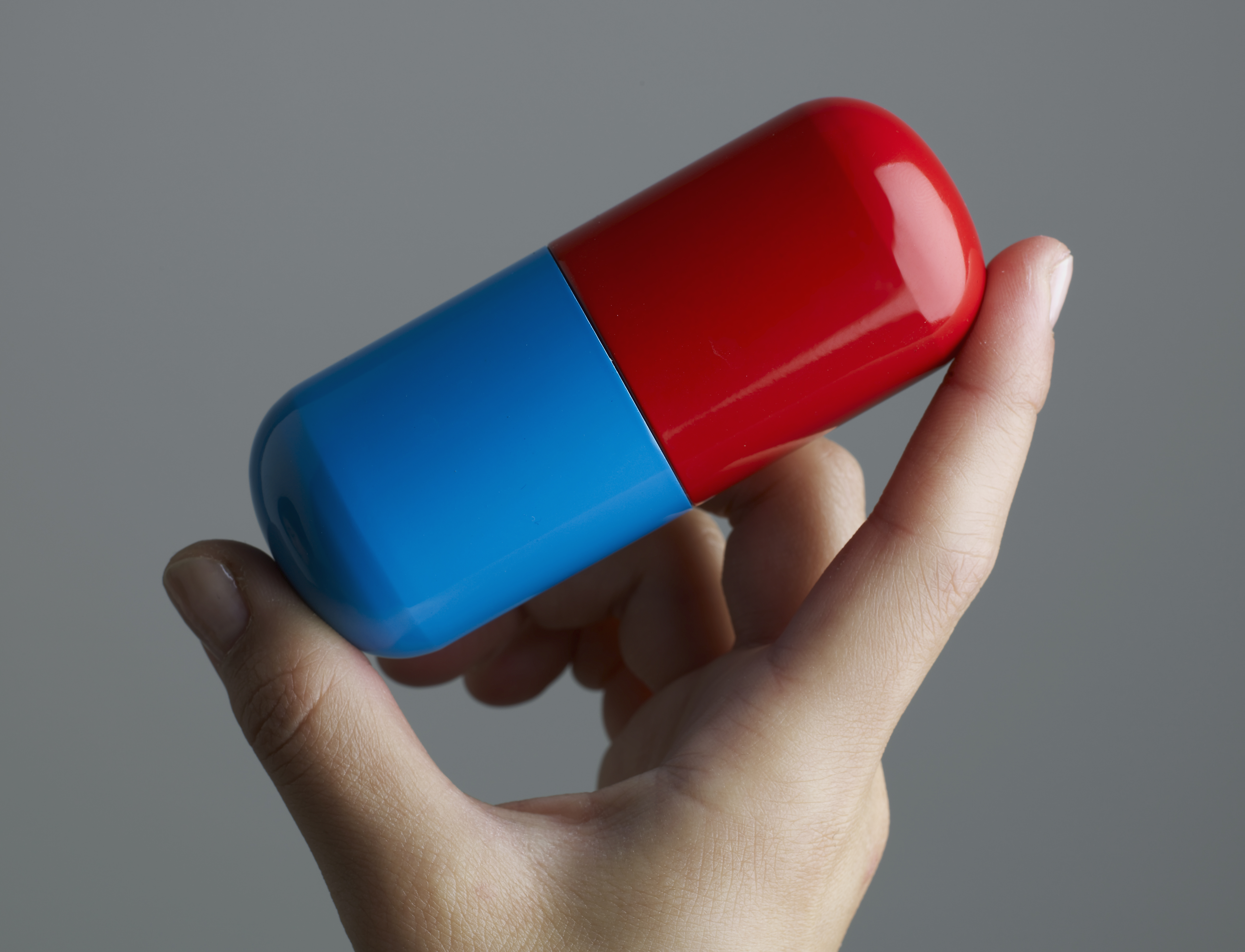Could Prescription Amphetamines Be the Next Big Epidemic in America?

In the looming shadow of our current opioid epidemic in America, people are quick to forget that we had another pill-propelled epidemic back in the mid-1960s. Over five decades ago America stumbled into a nationwide amphetamine epidemic, and some suggest we are already on the verge of another and we don’t even notice.
Can we learn from our mistakes from the 60s? Can we apply the same urgency of the opioid crisis to stimulants? Could prescription amphetamines be the next big epidemic?
ADHD and Adderall Outbreak
Attention-deficit hyperactivity disorder (ADHD) has become a relatively common term in our world today. While the disorder is best understood in children, in 2006 the American Journal of Psychiatry reported that 4.4% of U.S. adults also had ADHD. Then between 2005 and 2014, the number of ADHD diagnosis more than doubled. In 2014, 14% of children in America were diagnosed with ADHD.
Needless to say, with the increase in ADHD patients there was also an increase in medications being prescribed.
Adderall is one of the more popular prescription amphetamine typically used for treating ADHD. As a medication, it helps people improve their focus and manage other symptoms of ADHD. It is a useful prescription medication, but over time it managed to earn a reputation as a ‘smart drug’ popular among non-ADHD sufferers hoping to use the drug to improve their performance at school or in the workplace.
Although mixed amphetamines can be a helpful medicine for people with ADHD, they carry a risk of misuse and abuse. Research shows Adderall abuse has increased on college campuses over the past 15 years. Students often diagnose themselves and seek these powerful stimulants through doctors, other students, and the illicit drug trade.
Amphetamine Epidemic of the Past
If we take the trip down memory lane, we find that amphetamines were first developed back in 1929. Over 30 years later in the ‘60s, these stimulant pills were widely prescribed for a variety of things, including weight loss, study aids, or energy pills. The average user was usually middle-aged, middle-class; someone who needed more energy or help to cope with daily life. In the days of yesteryear, it was seen as a harmless and helpful medication. This was all before any recognition that this medicine was potentially addictive.
Fun Fact- It’s been documented that President John F. Kennedy’s physician gave him regular injections that included methamphetamine, vitamins, and hormones.
Middle-Americans, politicians, and even celebrities were using stimulants. One of the most famous amphetamine addicts was the man in black himself, Johnny Cash.
Looking back, we see that the opioid crisis began much like the last amphetamine epidemic. The pharmaceutical industry and physicians all over the country pushed medications while either not know the risks, or not caring enough to let it stop them.
It was not until 1971 that the FDA set forth regulations that made it more difficult for doctors to justify the medical usage of potent stimulant medications. New restrictions made it more difficult for pharmacists to fill prescriptions. Sales eventually plummeted as people realized the days of endless “uppers” were coming to a close.
Since then, we have seen other illicit stimulants rise and fall in popularity, including illegal drugs cocaine and methamphetamine.
Potential of an Amphetamine Epidemic
Illicit methamphetamines like crystal meth in the 80s paved the way, prescription amphetamines are also steadily making a comeback.
Today, drugs like Ritalin (methylphenidate) and Adderall (amphetamine) are increasingly popular prescriptions. While we may not notice it the way we notice opioid abuse and overdose death rates, there are more amphetamines being used now than the original amphetamine epidemic of the 60s at the peak. Reports indicate that 16 million prescriptions for stimulants were written in 2012. According to the CDC, 3.5 million children were on stimulant medications by 2013.
We see amphetamine abuse steadily climbing, but are we really prepared for what comes next? Is it possible that because people are using these drugs to feel focused and alert, instead of nodding out behind the wheel of a car or dying of an overdose in a public restroom, that we are overlooking the possible fallout from an amphetamine epidemic?
Some experts believe that the prescription amphetamine crisis is indeed growing. Many suspect it may catch up to the opioid epidemic in scope and damage. For now we know that opioids have caused the worst drug epidemic in American history, and there is no denying the massive loss of life from it. However, it is possible that unless we are paying attention, prescription psychostimulants like Adderall may be the next big thing to do a drastic amount of damage in this country.
